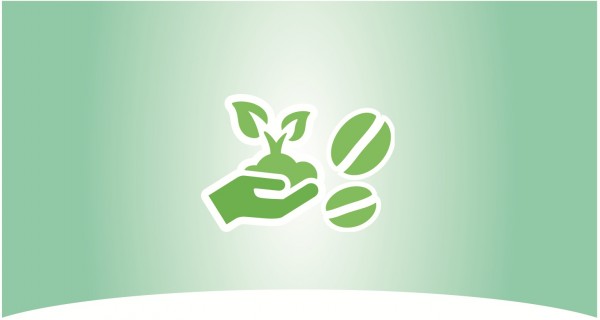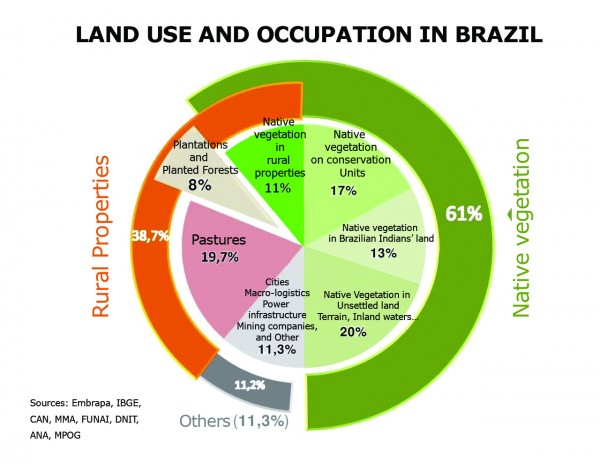 The 22nd UN Conference of Climatic Change was held in Marrakesh, Morocco, during November 2016. Sixty heads of state attended the event. The conference is a continuation of the global meeting to adapt the Kyoto Protocol to nowadays, since the protocol guidelines were valid only until 2012. In 2015, 192 countries signed the first global agreement on climate during the meeting held in Paris. The treaty aims at limiting to maximum 2oC the Earth’s temperature increase.
The 22nd UN Conference of Climatic Change was held in Marrakesh, Morocco, during November 2016. Sixty heads of state attended the event. The conference is a continuation of the global meeting to adapt the Kyoto Protocol to nowadays, since the protocol guidelines were valid only until 2012. In 2015, 192 countries signed the first global agreement on climate during the meeting held in Paris. The treaty aims at limiting to maximum 2oC the Earth’s temperature increase.
According to the most recent report of the Intergovernmental Panel on Climate Change (IPCC), carbon emissions in the world increase every year. In 2014, emissions reached approximately 52.7 billion tons, driven by China’s and India’s expansion, in addition to other developing countries.
Meanwhile, global temperatures continue to rise and are reaching figures never registered before: 2015 was the warmest year since the beginning of such records, in the 19th Century. According to a study published by the World Meteorological Organization (WMO) in November, 2016 will probably surpass the 2015 record and will be the warmest year in History.
The purpose of COP 22 in Morocco was to define under which terms the Paris Agreement on Climate Change would be applied, as well as to establish a schedule for the negotiations. In this sense, Brazil’s position is important, and commitments related to sustainability at the meeting should be acknowledged as an asset to the country, contributing to commercial negotiations and foreign investments.
According to Embrapa, 32.4% of the Brazilian territory is occupied by perennial plantations, and coffee farms represent 3.4% of that area. Our challenge is to continue our production maintaining and conserving 61% of our vegetation. However, forecasts that the plantation areas will be reduced occur at the same time in which coffee world consumption increases.
 World concern with climatic issues is increasingly more recurrent and the consequences of global warming can be devastating, especially for agriculture. To continue producing and meeting food demand, we must give special attention to such issues, as well as to what the rest of the world is doing.
World concern with climatic issues is increasingly more recurrent and the consequences of global warming can be devastating, especially for agriculture. To continue producing and meeting food demand, we must give special attention to such issues, as well as to what the rest of the world is doing.
For coffee crops, the consequences may include in addition to a reduction in plantation areas large crop losses. Data from the UN report on climatic change point to the fact that the combination of high temperatures and shortage of water resources will considerably reduce coffee plantations in the main producing States of Brazil, such as Minas Gerais and Sao Paulo.
In view of this scenario, it is very important that we have well structured global policies with short, medium and long range objectives, that agricultural research is encouraged as well as the adoption of good practices. That is why scientists, producers and companies have been dedicating themselves to implement new technologies to promote the production in increasingly more sustainable bases.
An example of success is the development of three new species of conilon coffee by the Government of Espirito Santo. The Espirito Santo Institute of Research, Technical Assistance and Rural Extension (Incaper), together with Embrapa Café, created the new varieties, which encourage the new coffee crop cycle in the state of Espirito Santo, since they have better characteristics and more yield in terms of productivity, which contribute to sustainable and balanced development, and improve the quality of life for farmers. Embrapa also carried out a similar project in the state of Rondonia, creating the BRS cultivar, the composition of which consists of 15 compatible clones with improved characteristics and high yield. The variety also resists better to climatic stress.
Regarding productivity, in 1976 Brazil was producing 5.59 bags per hectare. In 2016, we are producing 25.5 bags per hectare. In comparison, if we continued with the same technological bases of the years 1970, we would need almost 9 million hectares to produce the 50 million bags of our current national crop.
Therefore, research and development are fundamental to coffee sustainability. In the Digital Coffee Farmer Program, for example, a partnership between Cecafe and the Coffee Global Platform, farmers receive training to establish a more sustainable culture, increase yield, improve their product quality, and increase their income.
The training programs contribute to increase production perenniality. Some of the practices taught during the course are management of equipment used in properties with the purpose of preventing pollutants emission by poorly tuned equipment, forestry area preservation, deforestation prevention and how to recover degraded areas, forest fires prevention, and the correct management of solid residues.
All the above-mentioned initiatives contribute to complying with the terms proposed in the Marrakesh meeting, showing that the coffee industry is also concerned with contributing to a better environment. And what about you? How do you apply this to your daily chores?
Marjorie Miranda – Coordinator of the Social Responsibility and Sustainability Programs of Cecafe.


Leave A Comment